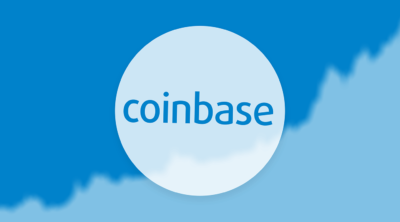Binance offers margin trading, or a way of trading coins and tokens using assets provided by a third party. It’s a form of credit and allows traders to make much bigger, potentially more profitable, trades than one can on his or her own.
Binance Margin Trading
Trading on margin allows traders to do what’s called “leveraging their position.” While this amplifies their profit potential, it also potentially exposes them to incurring losses much greater than they can easily afford on their own. In crypto, cryptocurency traders or the exchange itself stake the margin trading.
If you want to do margin trades on Binance, you will be requested to agree to the Binance Margin Account agreement. Margin trading isn’t available in Iran, North Korea, Syria, Cuba, Crimea, Canada, Japan, South Korea, the USA, and US territories. So if you’re an American, you won’t be able to take advantage of Binance’s Margin Trading feature.
Margin trading, in general, including Binance margin trading, is extremely high market risk. And there are enough warnings indicating such. Anyone interested in trading on margins on Binance should be aware that there’s a real chance of losing their investments.
Cryptocurrency Margin Trading
A trader who is willing to invest on margin can’t do all trades with other people’s money. Additonally, they need to put some skin in the game and stake a percentage of the trade with their own money. In the cryptocurrency market, the proportion of personal stake to margin rate—the ratio—is often between two-to-one (2:1) to one-hundred-to-one (100:1).
So, consider a 10:1 ratio margin in the margin trading model. If a trader wanted to make a Bitcoin (BTC) ₿100 trade, they need to commit to ₿10 of their own money.
Long and Short Positions
In the margin trading model, you have two options: long or short positions. A long position refers to predicting that a particular coin’s or token’s value will increase. Alternatively, a short position assumes that the value of a particular cryptocurrency will lose value.
When a long or short trade is made, the trader uses their own personal asset investment (their ₿10) as collateral for the borrowed ₿90. If the long or short margin investment goes south and it looks like the predicted profit isn’t looking like a lock, the people or exchange who committed the margin trade’s borrowed funds can force the sale to minimize loss.
Big Wins and Big Losses
While risky, if you have a stomach for it, let’s say you have ₿100 to invest. You can either invest the full ₿100 or you can choose to margin trade on Binance. You can then stake your ₿100 in ₿10 increments and then do long or short leveraged margin buys on ten different tokens and coins.
This way, you can diversity your risk. Instead, it spreads your risk over a number of different strategies, ploys, volatilities, and cryptocurrencies. The goal can be twofold. Leveraged margin trades can win much higher profits. And if some of your ten margin investments don’t pan out, you can cover the costs of the losses with the 10x profits of the wins.
In Conclusion
It’s true. The lure of making profits well above your own wealth or personal investment in the form of Binance margin trading does have a dark side, as well. If you make a mistake in timing or your precognition becomes interrupted by circumstance, you can end up in a hole of debt. But it does seem like a very powerful tool for growing your portfolio and increasing your asset wealth well above your punching weight.



